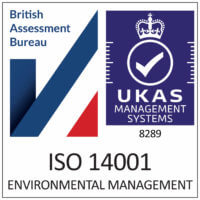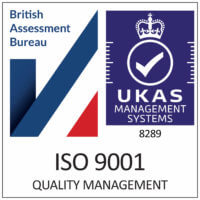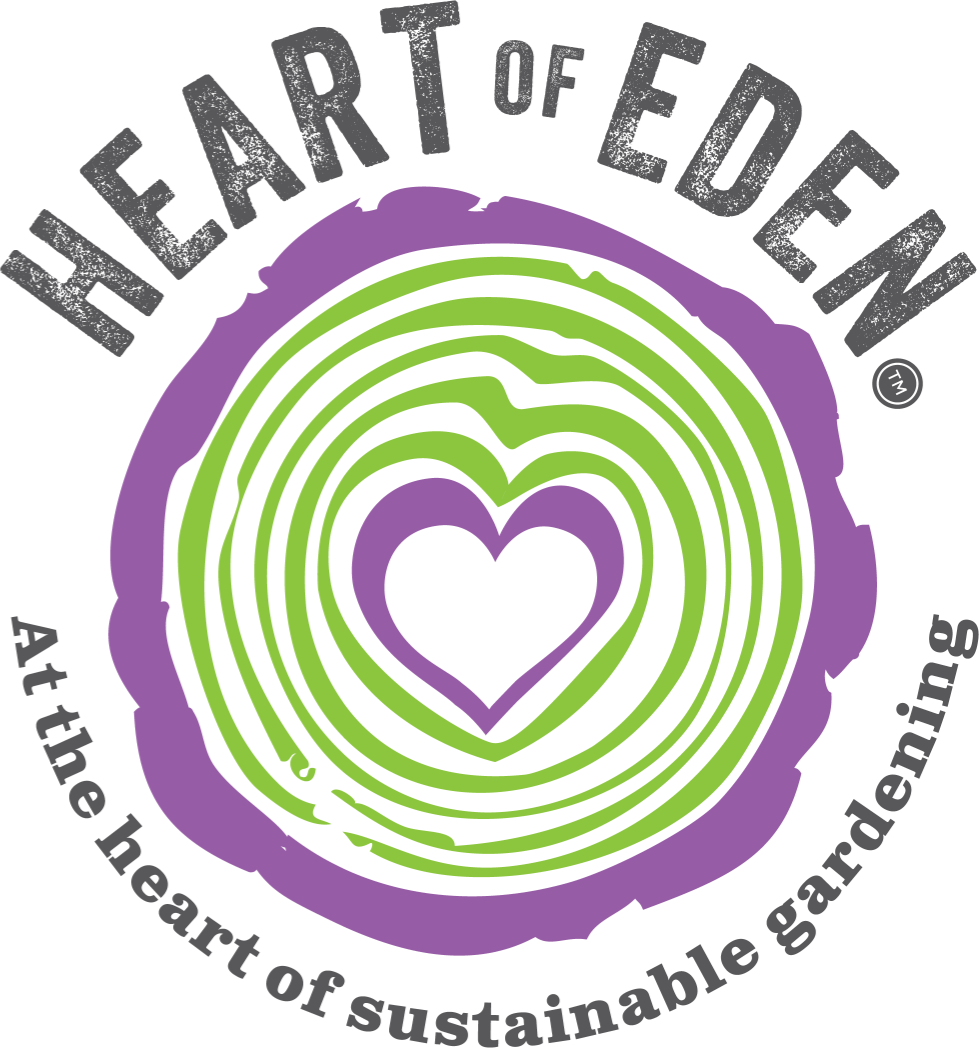Using Enriched Topsoil in Raised Beds
Nov 24th 2023
Have you ever wondered if enriched topsoil could be the secret ingredient for successful raised beds? Benefits of Using Enriched Topsoil in Raised Beds
Improved Nutrient Content
Using enriched topsoil in raised beds provides several benefits for your plants. One of the key advantages is the improved nutrient content.
Increased Soil Fertility
Another significant benefit of using enriched topsoil in raised beds is the increased soil fertility. The enriched topsoil is carefully formulated with organic matter and beneficial microorganisms, which work together to improve the overall fertility of the soil. This heightened fertility creates an ideal growing environment for plants, allowing them to absorb nutrients more efficiently and thrive in their raised bed setting.
Enhanced Plant Growth
When you use enriched topsoil in raised beds, you can expect to see enhanced plant growth. The combination of improved nutrient content and increased soil fertility creates the perfect conditions for plants to flourish. With enriched topsoil, you’ll notice stronger and healthier plants, with lush foliage and vibrant blooms. Whether you’re growing flowers, vegetables, or herbs, using enriched topsoil in your raised beds will significantly improve the growth and productivity of your plants.
Weed Suppression
Using enriched topsoil in raised beds can also help suppress weeds. Weeds can be a nuisance in any garden, competing with your plants for nutrients, water, and sunlight. However, when you fill your raised beds with enriched topsoil, you’re providing your plants with a nutrient-rich environment that gives them a competitive edge over weeds. The dense composition of the enriched topsoil also makes it more difficult for weed seeds to establish themselves, reducing the need for constant weeding and allowing your plants to thrive without competition.
Improved Drainage
Proper drainage is crucial for the health of your plants, and using enriched topsoil in raised beds can help improve this aspect. Enriched topsoil is typically formulated with materials that promote optimal drainage, allowing excess water to flow through the soil while retaining enough moisture for your plants’ needs. This ensures that your raised beds don’t become waterlogged, which can lead to root rot and other issues. Improved drainage in raised beds also prevents nutrient leaching and promotes better overall plant health.
Reduced Soil Erosion
Raised beds filled with enriched topsoil can help reduce soil erosion. The compacted structure of the enriched topsoil holds the soil particles together, preventing them from being easily washed away during heavy rainfall or irrigation. This is especially important if you live in an area prone to erosion. By using enriched topsoil in your raised beds, you can maintain the integrity of your soil, protect it from erosion, and provide a stable and supportive environment for your plants to grow.
Minimized Soil Compaction
Soil compaction can be a common problem in gardens, as it restricts root growth and hinders the movement of air, water, and nutrients. However, when you use enriched topsoil in raised beds, you can minimize soil compaction. The composition of enriched topsoil is typically loose and friable, allowing roots to penetrate the soil more easily and promoting optimal nutrient and water uptake. By providing your plants with a loose and well-structured growing medium, enriched topsoil helps ensure healthy root development and overall plant growth.
Enhanced Soil Structure
Using enriched topsoil in raised beds can also enhance the soil structure. The blend of organic matter and beneficial microorganisms in enriched topsoil helps improve the aggregation of soil particles, resulting in a well-structured soil. This enhanced soil structure allows for better water infiltration, root penetration, and nutrient exchange, all of which are essential for healthy plant growth. When the soil structure is optimized, it creates an ideal environment for plant roots to explore, ensuring their access to vital resources.
Promotion of Beneficial Microorganisms
Enriched topsoil is not only enriched with essential nutrients but also with beneficial microorganisms. These microorganisms play a crucial role in breaking down organic matter, releasing nutrients, and improving the overall health of the soil. When you use enriched topsoil in raised beds, you’re providing a home for these beneficial microorganisms, which will then work symbiotically with your plants to create a thriving ecosystem. The presence of these microorganisms promotes nutrient cycling, disease suppression, and overall soil health.
Sustainable Gardening
Using enriched topsoil in raised beds aligns with sustainable gardening practices. Enriched topsoil is often made from recycled or renewable sources, reducing the ecological impact of gardening. By using enriched topsoil, you’re also reducing the need for synthetic fertilizers, as the soil is already packed with essential nutrients. This promotes a more sustainable approach to gardening, minimizing chemical inputs and supporting the long-term health of your garden and the surrounding environment.
Preparing and Filling Raised Beds with Enriched Topsoil
Measuring and Calculating Topsoil Quantity
Before filling your raised beds with enriched topsoil, it’s important to measure and calculate the necessary quantity. Begin by determining the dimensions of your raised beds, including the length, width, and desired height. Multiply these three measurements to calculate the total volume of the raised bed. Next, consider the depth to which you plan to fill the bed with topsoil and multiply it by the calculated volume to find the amount of enriched topsoil you need to fill the raised beds adequately.
Soil Amendments and Organic Matter
While enriched topsoil already contains a blend of essential nutrients and organic matter, you may still need to add additional soil amendments and organic materials, depending on your specific needs. Conduct a soil test to determine any deficiencies or imbalances in your existing soil. Add appropriate amendments like lime to adjust pH levels or organic matter like compost to improve soil structure and fertility. Incorporating these amendments into the enriched topsoil will further enhance its benefits for your plants.
Blending and Mixing Topsoil
Before filling your raised beds, it’s crucial to blend and mix the topsoil thoroughly. This helps distribute the nutrients, organic matter, and amendments evenly throughout the soil. Use a garden fork or a tiller to break up any clumps and create a fine, crumbly texture. Blend the enriched topsoil with any additional amendments or organic materials, ensuring a well-incorporated and uniform mixture. This homogeneous blend will provide consistent nutrient availability and soil quality across your raised beds.
Leveling and Smoothing the Topsoil
Once the enriched topsoil mixture is prepared, it’s time to fill your raised beds. Pour the topsoil mixture into the beds, spreading it evenly with a shovel or rake. Level the topsoil surface to create a smooth and flat planting surface. Check for any low spots or uneven areas, and redistribute the topsoil as needed. A level and smooth topsoil surface not only provides a visually pleasing appearance but also ensures proper water distribution and uniform root growth in your raised beds.
Watering and Settling the Topsoil
After filling and leveling the raised beds with enriched topsoil, it’s essential to water the soil thoroughly. This helps settle the soil, eliminate any air pockets, and ensure good contact between the topsoil and the roots of your plants. Use a gentle spray or sprinkler attachment to water the beds evenly. Allow the water to penetrate the topsoil and reach the desired depth. Once the soil has settled and the excess water has drained, your raised beds are ready for planting.
Planting in Raised Beds with Enriched Topsoil
Selecting Suitable Plant Varieties
When it comes to planting in raised beds with enriched topsoil, it’s crucial to select suitable plant varieties. Consider the specific requirements of the plant, including sunlight needs, water requirements, and soil preferences. Choose varieties that are well-suited for raised bed gardening and fit within the dimensions and configuration of your beds. By selecting appropriate plant varieties, you’ll ensure optimal growth and avoid potential issues like overcrowding or stunted growth.
Improving Soil Drainage for Root Health
Before planting, it’s important to ensure proper soil drainage for the health of your plant’s roots. Raised beds filled with enriched topsoil usually provide excellent natural drainage. However, if you encounter drainage issues, you can further improve it by adding materials like coarse sand or gravel to the bottom of the bed during bed construction. These materials help create channels for excess water to drain away, preventing waterlogged soil and promoting healthy root development.
Understanding Plant Spacing and Depth
Proper plant spacing and depth are essential factors to consider when planting in raised beds. Each plant variety has specific requirements for spacing, which should be followed to allow for optimal growth and airflow between plants. Additionally, pay attention to the recommended planting depth for each plant. Planting too shallow or too deep can hinder root development and affect overall plant health. Follow the guidelines provided for each plant variety to ensure successful growth in your raised beds.
Transplanting Seedlings or Planting Seeds
When planting in raised beds with enriched topsoil, you have the option to transplant seedlings or plant seeds directly. Transplanting seedlings can provide a head start and ensure more consistent results, as you’ll have a better idea of the plant’s size and condition. If transplanting seedlings, carefully loosen the roots before planting to encourage outward growth. If planting seeds directly, follow seed packet instructions for proper depth and spacing. Water the newly planted seedlings or seeds thoroughly to provide moisture for germination and establishment.
Mulching Raised Beds
Mulching is an essential practice in raised bed gardening, and it becomes even more beneficial when using enriched topsoil. Apply a layer of organic mulch, such as straw or wood chips, to the surface of the raised beds. Mulching helps retain moisture, regulate soil temperature, suppress weed growth, and improve overall soil health. It also encourages the breakdown of organic matter, contributing to the nutrient content of the enriched topsoil. Apply a depth of 2-3 inches of mulch, ensuring not to pile it directly against the plant stems.
Watering Techniques and Irrigation
Proper watering techniques and irrigation are crucial for the success of your plants in raised beds with enriched topsoil. Water deeply and consistently to promote healthy root growth and avoid stress conditions. Avoid overhead watering, as it can lead to disease and drainage issues. Instead, use drip irrigation or soaker hoses to deliver water directly to the root zone. Monitor the moisture levels of the topsoil regularly and adjust the watering schedule accordingly to prevent under or overwatering.
Implementing Proper Crop Rotation
Implementing proper crop rotation is essential for maintaining soil health in raised beds filled with enriched topsoil. Crop rotation involves changing the type of plants grown in each bed over successive growing seasons to minimize disease buildup, pest infestations, and nutrient depletion. Rotate plants from different botanical families to prevent the build-up of pests and diseases specific to certain plant groups. Additionally, crop rotation helps balance nutrient uptake and maintain the overall fertility of the soil, promoting healthier and more productive plants.
Maintaining and Caring for Raised Beds with Enriched Topsoil
Regularly Inspecting and Monitoring Soil Health
Regularly inspecting and monitoring soil health is crucial for maintaining the vitality of your raised beds with enriched topsoil. Check the soil moisture levels frequently, especially during hot weather, and adjust watering accordingly. Keep an eye out for signs of nutrient deficiencies, such as yellowing leaves or stunted growth, and supplement with organic fertilizers as needed. Regularly inspect the soil for signs of pests or diseases, and implement appropriate control measures if necessary. By maintaining a healthy soil environment, you’ll ensure the long-term success of your raised beds.
Pruning and Weeding Strategies
Pruning and weeding are essential maintenance tasks for raised beds with enriched topsoil. Regularly inspect your plants for any damaged or diseased branches and prune them to promote better airflow and reduce the risk of spreading diseases. Additionally, implement a consistent weeding strategy to keep your raised beds free of unwanted plants that may compete for resources with your desired plants. Hand-pulling weeds or using organic weed-killers can help maintain a clean and weed-free environment for your plants to thrive.
Monitoring Soil Moisture Levels
Monitoring soil moisture levels is crucial for maintaining optimal plant health in raised beds with enriched topsoil. Too much or too little water can negatively impact plant growth and lead to various issues. Use a moisture meter or conduct a finger test to determine the moisture levels of the topsoil. Adjust your watering schedule based on the specific needs of your plants and the current weather conditions. Consistently monitoring soil moisture levels ensures that your plants receive adequate hydration and promotes their overall health and productivity.
Pest and Disease Management
Pest and disease management is an essential aspect of maintaining raised beds filled with enriched topsoil. Regularly inspect your plants for any signs of pests or diseases, such as chewed leaves, discolored foliage, or wilting. Implement organic pest control methods, such as handpicking pests, using insecticidal soaps, or attracting beneficial insects and birds to the garden. Proper sanitation practices, such as removing diseased plant materials, can help prevent the spread of diseases. By actively managing pests and diseases, you can protect the health and productivity of your raised bed garden.
Supporting Vertical Growth with Trellises
Consider supporting the vertical growth of certain plants in raised beds using trellises or stakes. Vining plants like tomatoes, cucumbers, or beans can benefit from vertical support as it allows for better air circulation, reduces the risk of disease, and maximizes space usage. Install trellises or stakes early in the plant’s growth to avoid damaging the roots later. Secure the plants to the trellis as they grow, guiding their tendrils or stems to prevent breakage. Vertical gardening in raised beds with enriched topsoil optimizes space and promotes healthier plants.
Renewing and Refreshing Topsoil Over Time
Over time, the enriched topsoil in your raised beds may require renewal and refreshing. Periodically, assess the overall soil health and nutrient levels. If you notice decreased productivity, nutrient deficiencies, or compaction issues, consider adding a new layer of enriched topsoil on top of the existing soil. Mixing the old and new topsoil layers will help maintain a consistent nutrient profile and enhance the benefits of the enriched topsoil. The renewing process ensures that your raised beds remain fertile and provide the best growing environment for your plants.






